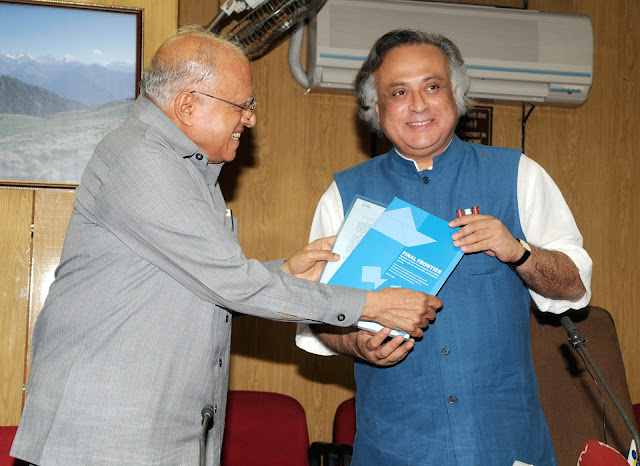Dr.Verghese Kurien : "Father of the White Revolution", - (Operation Flood) : Award or Honor

Year Name of Award or Honor Awarding Organization 1999 Padma Vibhushan Government of India 1993 International Person of the Year Award World Dairy Expo 1991 Distinguished Alumni Award Michigan State University. 1989 World Food Prize World Food Prize, USA. 1986 Wateler Peace Prize Award ...









